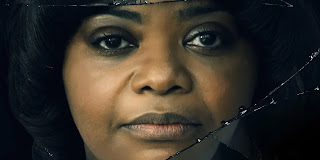short film review
In
Good Intentions, a thriller/horror short film, common camera techniques include close-up shots to show fear and tension. Low and high angles are used to show power between characters, and quick camera movements surprise the audience during intense moments. Sound is important in this genre. Sounds like footsteps or creaking doors build suspense, while eerie music adds to the scary feeling. Silence is also used to make the audience feel uneasy before something happens.
The film's setting follows typical thriller/horror conventions. Characters wear simple, dark clothes to blend into the setting, which makes the story feel more real. Lighting is dim, creating shadows and a mysterious atmosphere. Actors show emotions like fear and anxiety, which adds to the tension. Props, like weapons or phones, are used to move the story forward. The setting is often dark or isolated, such as an old house, which makes the environment scarier.
In editing, quick cuts are used to create chaos, and jump cuts surprise the viewer. Cross-cutting between different scenes builds tension, while slow motion highlights dramatic moments. The film often fades to black, leaving the audience in suspense. These techniques help keep the viewer engaged and on edge.
Other examples of thriller/horror films include The Babadook, Hereditary, A Quiet Place, Get Out, and The Witch. I enjoy how the genre builds suspense through sound, lighting, and visuals. I also like the emotional depth of the characters, especially how they react in dangerous situations. However, I don’t enjoy films that rely on too many jump scares or too much gore without a strong story. Films that drag on without clear direction can also be frustrating.
.jpg)



Comments
Post a Comment